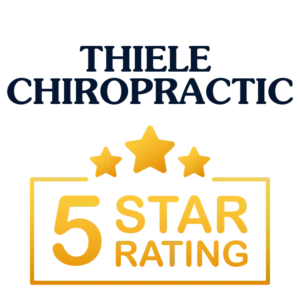- 39 New London Turnpike Suite 120 Glastonbury, CT 06033

Osteoarthritis of Zygapophysial Joints as a Cause of Back Pain and Neck Pain:
A Scoping Review
Pain Medicine
May 3, 2024 [epub]
Nikolai Bogduk, MD, PhD; John MacVicar, MB; this study cites 63 references.
“Zygapophysial joints (Z joints) can be a source of back pain and of neck pain, but the cause of pain is not known.”
“Some authors attribute the pain to osteoarthritis but without citing evidence.”
This review was undertaken to assess the evidence of association between spinal pain and osteoarthritis of Z joints, in both cervical and lumbar spines.
The authors reviewed population studies, diagnostic studies, and/or case-control studies.
Z joints = zygapophysial = facet (American) = apophyseal (British) = posterior joints = articular processes
Osteoarthritis = arthritis = degeneration = degenerative changes
[Conflation is the merging of two or more sets of information into one, often in error. This produces errors or misunderstandings].
KEY POINTS FROM THIS ARTICLE:
1) “Although Z joints have been established as a source of spinal pain, the pathology responsible for that pain has been elusive.” [Important]
2) “Z joints are commonly affected by osteoarthritis.”
3) “Osteoarthritis of the cervical Z joints is so common in the asymptomatic population that its presence on radiographs cannot distinguish an affected joint as one that is currently painful from one that has never been painful.”
4) “Osteoarthritis of the lumbar Z joints is so common in asymptomatic individuals that seeing osteoarthritis on plain radiographs, CT scans, or MRI scans is no better than guessing, for distinguishing symptomatic from asymptomatic joints.”
5) The gold standard for diagnosing osteoarthritic pain is by anesthetizing the joint to see if doing so relieves the patient’s pain.
6) “Some physicians might expect—or even argue—that osteoarthritis of the lumbar Z joints should be painful because osteoarthritis is a known cause of pain in other joints of the body.”
7) Findings:
8) Conclusion:
9) “Zygapophysial joints (Z joints), also referred to as ‘facet’ joints, have increasingly been recognized as possible sources of chronic neck pain and chronic low back pain.”
10) “The estimated prevalence of true lumbar Z joint pain (complete relief of pain with diagnostic blocks) is only about 10%.”
11) “With respect to the question addressed by the present review, 2 clear conclusions apply.”
12) “Osteoarthritis is [a] normal age change unrelated to pain.”
13) “Simply seeing osteoarthritis on images does not distinguish a painful joint from an asymptomatic one.”
14) Studies to date have collectively failed to show that osteoarthritis of Z joints causes pain.
15) “The contention that joints can do so remains no more than a conjecture.”
16) Authors of teaching articles have conflated two concepts, which are false:
17) “The concept of Z joint pain should not be contaminated with illegitimate, vain attempts to include pathology in the diagnosis.”
18) “Invoking osteoarthritis [of the Z joints] as the cause of pain is incompatible with the published evidence.” [Key Point]
THE BOTTOM LINE FROM DAN MURPHY:
Facet pain is real. Osteoarthritis of the facet is not a cause of facet pain.
This Review, from the same authors, supports this point:
Article Review 15-22:
The Prevalence of “Pure” Lumbar Zygapophysial Joint Pain in Patients with Chronic Low Back Pain

39 New London Turnpike Suite 120
Glastonbury, CT 06033
